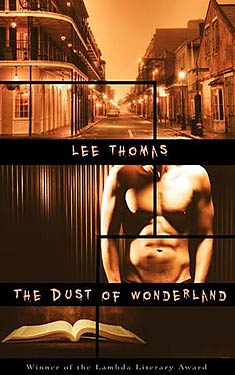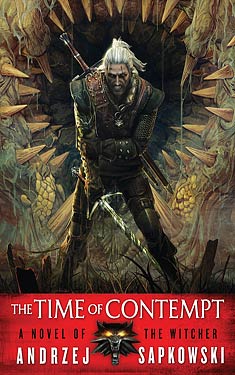Theodore Sturgeon
Completed 5/15/2016, reviewed 5/15/2016
4 stars
Sturgeon is a master writer.
There’s something about his prose that is truly remarkable without being
distracting to the plot. “E Pluribus
Unicorn” is a collection of short stories that are mostly horror, with a little
SF and Fantasy thrown in. Each story is
incredibly imaginative and so well written, it’s difficult to move on to the
next story without taking a break.
Several of the stories really stuck with me. The first was “Die, Maestro, Die”. It’s about a member of a jazz combo that
tries to kill its leader. He tries not
only to kill the man, but the sound. It’s
one of the longer stories and explores the question of what makes a jazz band
so great. It’s sort of the reverse of
the usual trope of a band trying to find the sound. Instead, the protagonist is trying to find
what makes the sound of a band that has already found it.
Another great story was “The Professor’s Teddy Bear”. It’s a sort of time travel story about a boy
and his teddy bear, which talks to him.
The bear makes him dream of his future and coerces him into making
decisions which are terrible and which eventually come true.
The third story I’d like to mention is “Bianca’s
Hands”. It’s a very twisted story of a
man who becomes obsessed the beautiful hands of a mentally handicapped
woman.
As usual, I don’t always have a lot to say about a short
story collection besides naming the stories I liked the best. I’d just like to leave it that Theodore
Sturgeon is one of my favorite writers.
He has a deliciously wicked sense of humor and comes up with the
strangest stories I’ve ever read. I have
another collection of his stories that I can’t wait to get to. I give this collection four out of five
stars.








